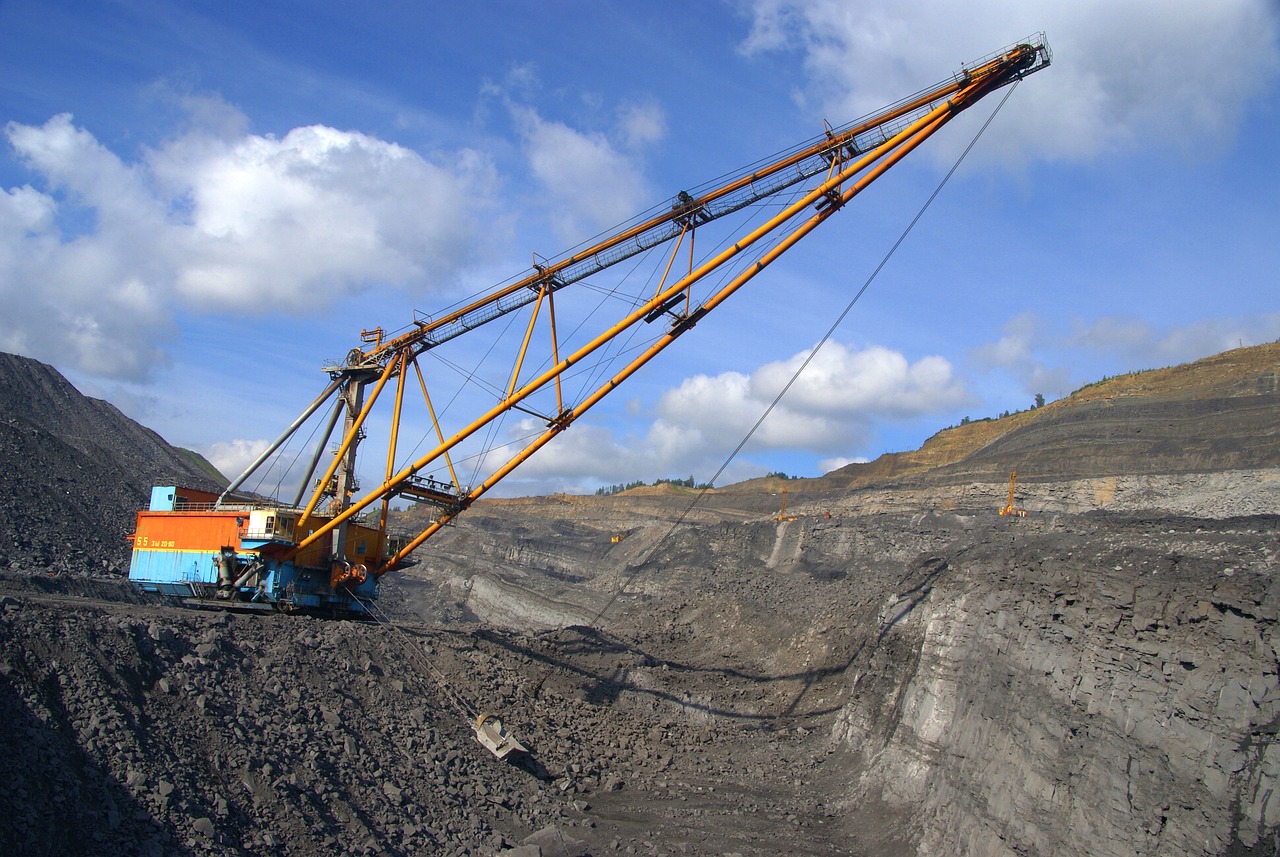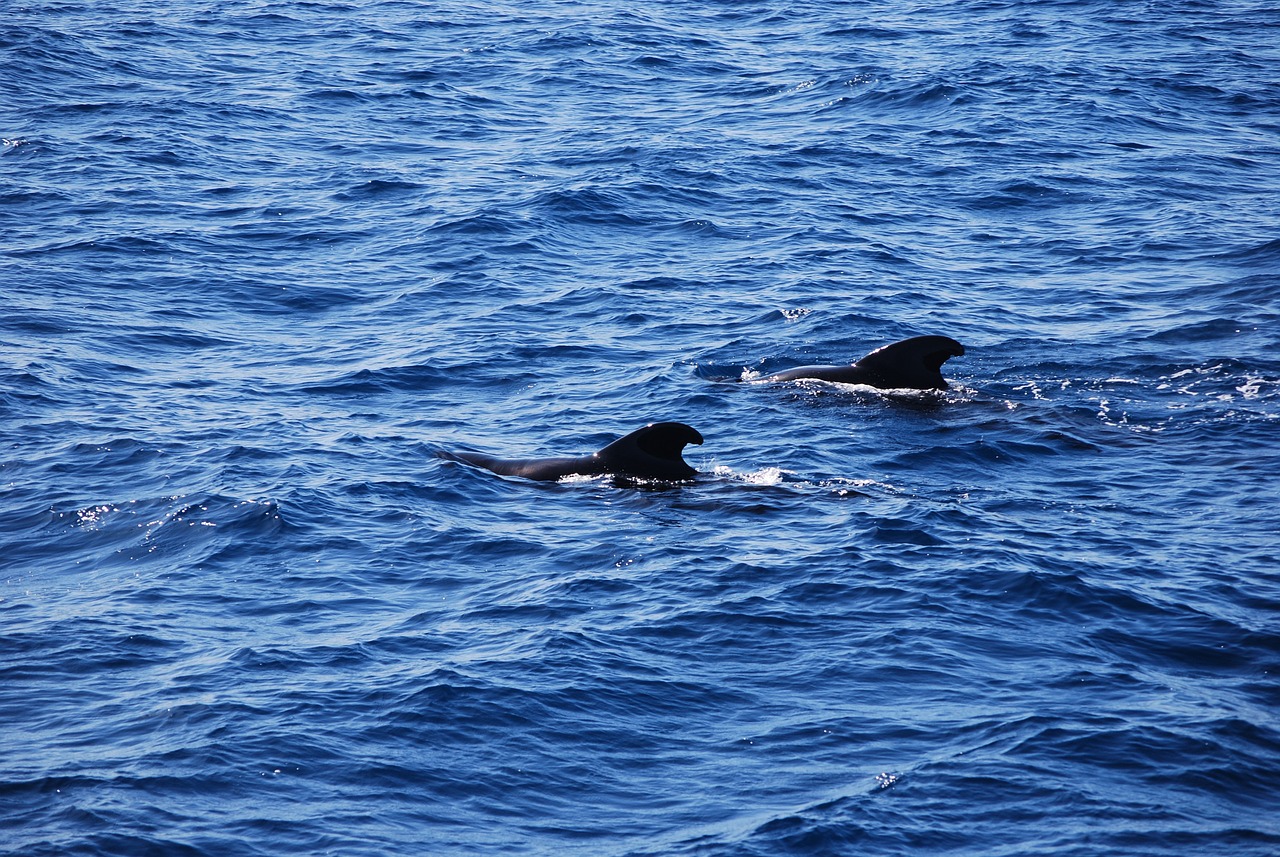
Key Instability Theory to Reduce Rock Burst Risks and Enhance Coal Mine Safety
Published 16 August, 2023
Learn more

Published 16 August, 2023
Learn more

Published 13 August, 2023
Learn more

Published 12 August, 2023
Learn more

Published 10 August, 2023
Learn more

Published 08 August, 2023
Learn more

Published 07 August, 2023
Learn more

Published 04 August, 2023
Learn more

Published 02 August, 2023
Learn more